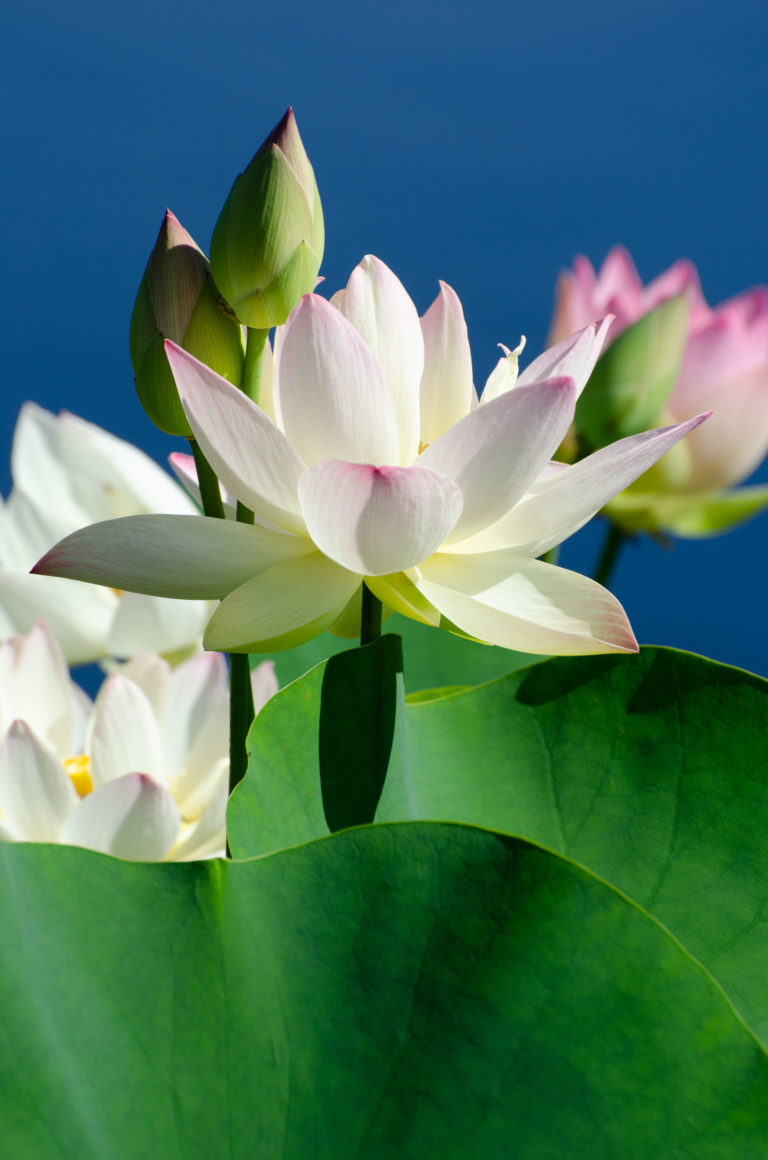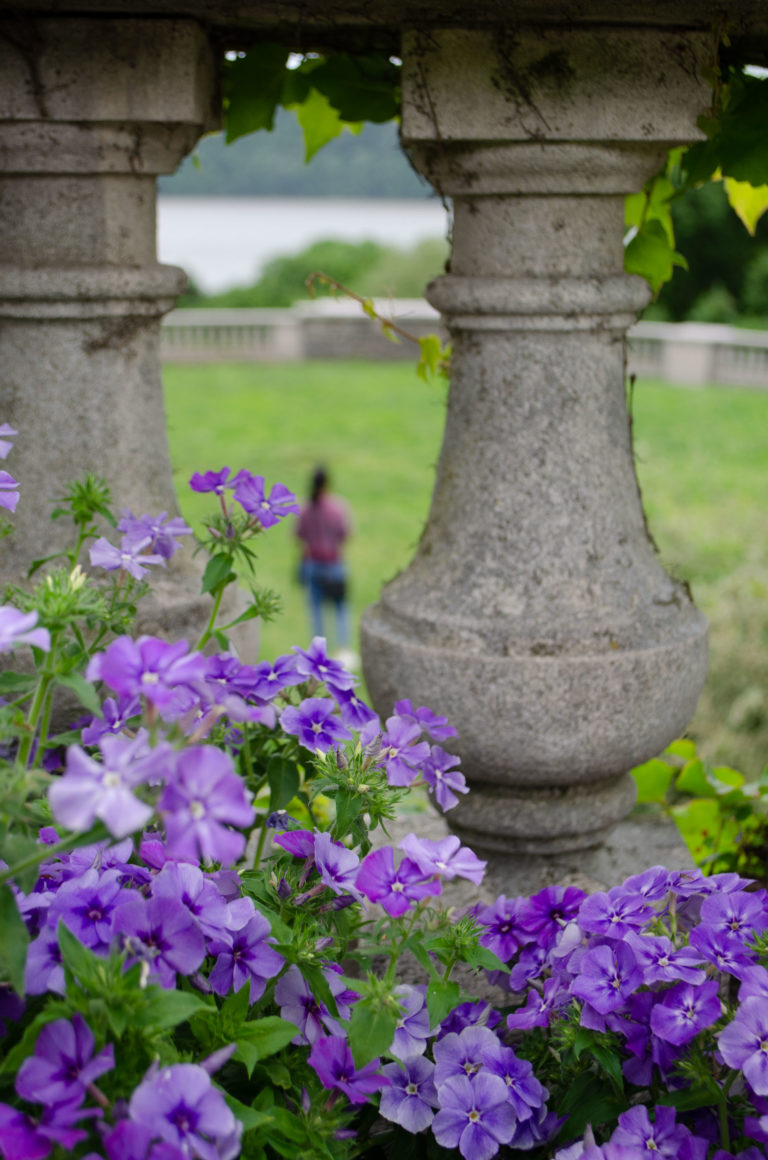
Plant Selection: Aesthetics with a Dash of Biodiversity
June 24, 2022Thousands of plant species grow side by side at Wave Hill, so it is no surprise that the gardens are also host to at least 100 pollinator species. Why at least 100? During June 2021 Pollinator Week, Wave Hill’s Public Programs department created an iNaturalist project to collect all pollinator sightings at Wave Hill. For those unaware, iNaturalist is a social-media platform for sharing sightings of plants, mushrooms, insects and other wildlife.
Since plant selection at Wave Hill is typically guided by aesthetic values, it may seem surprising to some that there is rich biodiversity present within our garden gates. The statement “thousands of plant species” was not hyperbole—and this kind of plant diversity invites diverse wildlife. In honor of 2022 Pollinator Week (June 20–26), here are four groups of plants that were included in the garden for their aesthetic value, but happen to benefit pollinators!

Milkweeds & Monarchs
Many milkweed species are perfect for dry and hot areas. The most common, Asclepias syriaca, is a common sight along New York City highways. At Wave Hill, find Asclepias verticillata (whorled milkweed) in the Dry Garden. Its finely textured leaves and white flowers complement hazy grasses and silver foliage plants. In the Wild Garden, Asclepias tuberosa (butterflyweed) blazes orange under the summer sun. Selected for its compact size, Asclepias tuberosa squats alongside patches of Kniphofia spp. (red hot pokers). All milkweed species are potential hosts for eggs and larvae of the monarch butterfly.

Carrion Flowers & Flies
Flies are particularly important pollinators—yes, flies! The unsung heroes of pollination, flies are responsible for pollinating all sorts of flowers. The most bizarre group pollinated by flies is carrion flowers. Using mimicry, carrion flowers attract blowflies with color, texture or putrid aroma. These evolutionary traits make carrion flowers a fun addition to many of Wave Hill's garden areas. In August, a large, hairy and stinky Stapelia gigantea (starfish flower) should bloom in the Dry Garden—you will smell it before you see it. Other notable carrion flowers bloom in late spring: keep a "nose open" for Trillium erectum (stinking Benjamin) and Sauromatum venosum (voodoo lily) in the Shade Border, Asarum maximum (panda ginger) in the Alpine House and Asimina triloba (paw paw) in the woodland.

Red Flowers & Hummingbirds
Summer heat beckons red flowers, in the northeast corner of the Flower Garden, this color is celebrated by selecting red foliage and flowering plants. This corner is a hotspot for ruby-throated hummingbirds. They’ll zig, zag and sip from deep-summer blooming red-flowers like Lobelia cardinalis (red cardinal flower) and Hibiscus coccineus (scarlet rosemallow). Pollinators, including hummingbirds and insects, perceive color differently than we do. As a result, they find certain colors more attractive than others. For hummingbirds, red usually means food. That is why hummingbird feeders are red.

Hydrangeas & Bumblebees
Find hydrangeas throughout Wave Hill, but they are concentrated around Wave Hill House, where a foundational planting was added after a recent renovation. When in bloom, hydrangeas produce hundreds of flower clusters or inflorescences. A popular flower shape called lacecap is umbrella-shaped, which happens to provide a resting spot for large and clumsy pollinators like bumblebees. Diverse flower shape is apparent throughout Wave Hill’s collection, an aesthetic choice that also helps serve pollinators and their particular needs.
Now, one year after the creation of this seriously passive pollinator project, I challenge you to join me in actively observing and submitting any insect observations at Wave Hill to iNaturalist. Creating an account is free and it is important to use your GPS when taking photos so the app can map your observation to the correct location. Once I started paying attention, I was pleasantly surprised at how diverse the insect presence is. Join me in becoming an active observer of the unassuming pollinators and other insects at Wave Hill.
Jess Brey,
Ruth Rea Howell Senior Horticultural Interpreter



